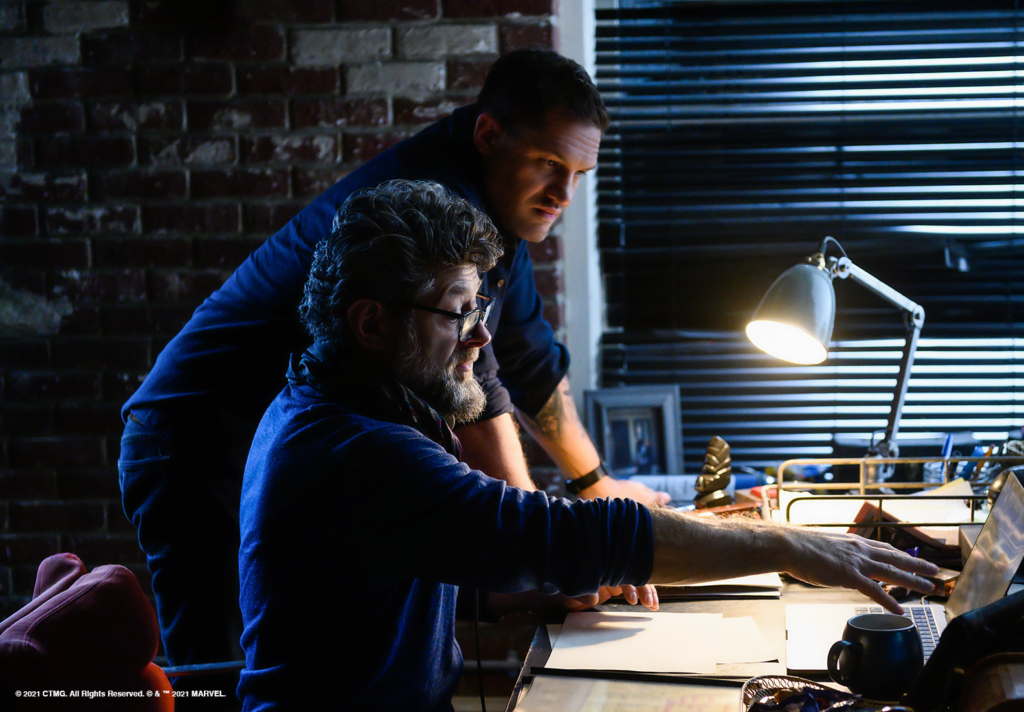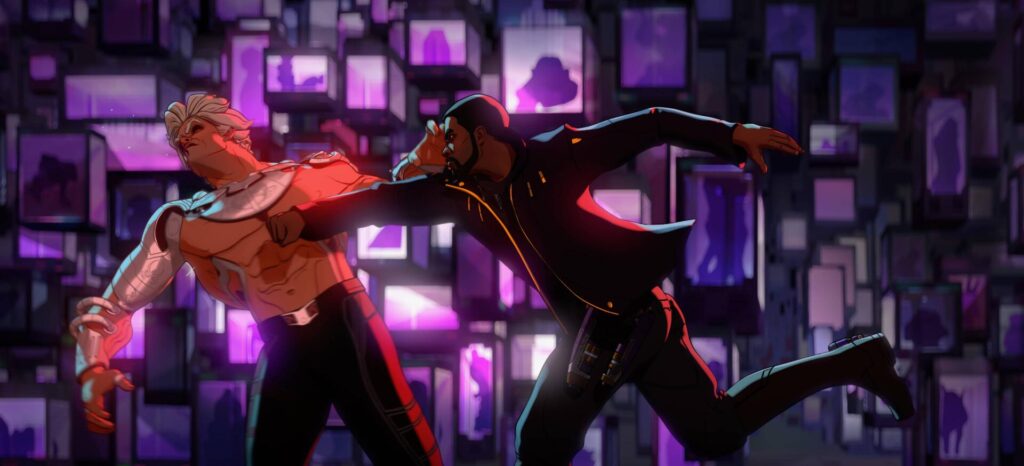
Price Gilbert Memorial Library is one of the best resources on campus — boasting numerous study spaces, reference materials, experts and various research exhibits and events. However, one of the best resources of the library is one of its least well-known — your ability to check out books with nothing but your BuzzCard.
The library returned to having a more present, physical catalog of books available to check out in the fall of 2021, and since then, it has consistently been an expansive, but underused resource. To check out a book, all you have to do is choose the book you would like to check out and either swipe your card and check your book out at one of the many digital check-out machines scattered throughout the library, or at the information desks on the Grove Floor of the library.
While relatively new, Price Gilbert’s catalog of books is both very comprehensive and varied. From computer science textbooks to the most recent installations of manga, the library has something for everyone, but most people will probably be able to find something of interest in the library’s Popular Reading section. Housed on the first floor, the Popular Reading section is — as the name suggests — a collection of the most popular and relevant books. From new romance novels to the most impactful nonfiction, the Popular Reading section is a great place to start if you’re overwhelmed by all the library has to offer. Moreover, the section, and the library in general, are constantly expanding and finding new ways to connect with students.
In addition, the library allows you to put a hold on books, so you can make sure you’re able to get the books you want when you need them. The library will send you an email every time you check out a book with its due date and will also email you when you are nearing the return date. Most books can be checked out for 28 days, but this can vary, so make sure to confirm the date yourself.
Similar, but separate from checking out books, you can also place course reserves, which is a way to access physical and digital copies of articles, journals and resources. Furthermore, this isn’t limited to the Georgia Tech library, as students can also place an interlibrary loan. With an interlibrary loan, students can basically request books — digital or physical — to be sent to Tech from other universities or research libraries.
If you’re still not sure where to start, here are a few recommendations of books that you can check out at the library right now. “Book Lover” by Emily Henry is a fun and light summery romance that follows an uptight publishing agent trying to find small-town love, but it may already be closer than it seems. It’s a quick and entertaining read and a great way to get out of a reading slump. The first volume of “The Sandman” comics by Neil Gaiman is also a great book to start reading now, since the TV adaptation was just released on Netflix. Finally, for those who may prefer nonfiction, “The Anthropocene Reviewed: Essays on a Human-Centered Planet” by John Green is a collection of essays that covers an almost unbelievably broad range of topics — perfect for any reader.
Even if you never considered yourself an avid reader, college is a great time to pick up new things, hobbies or maybe just a book, and the library is the perfect place to do it.




